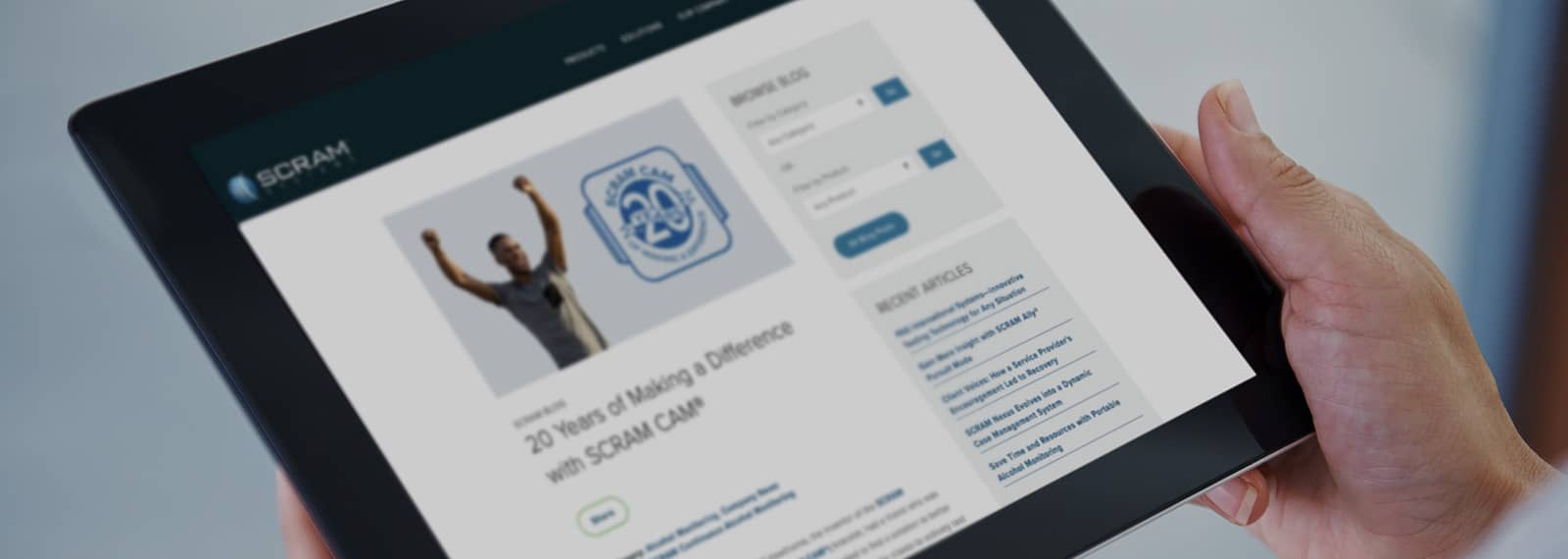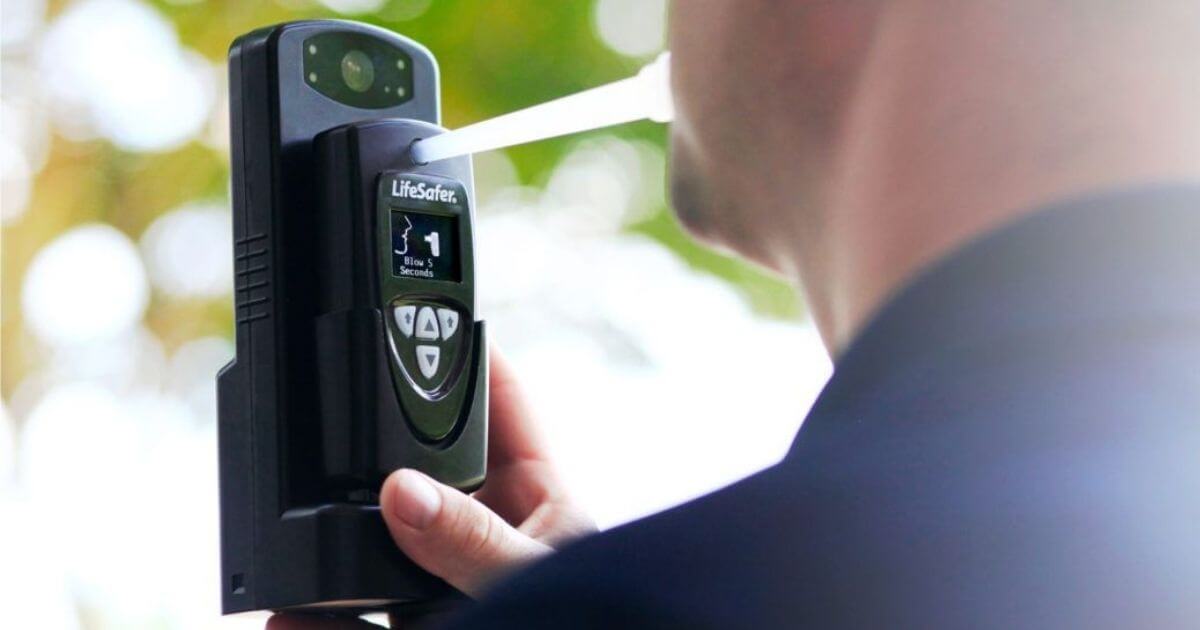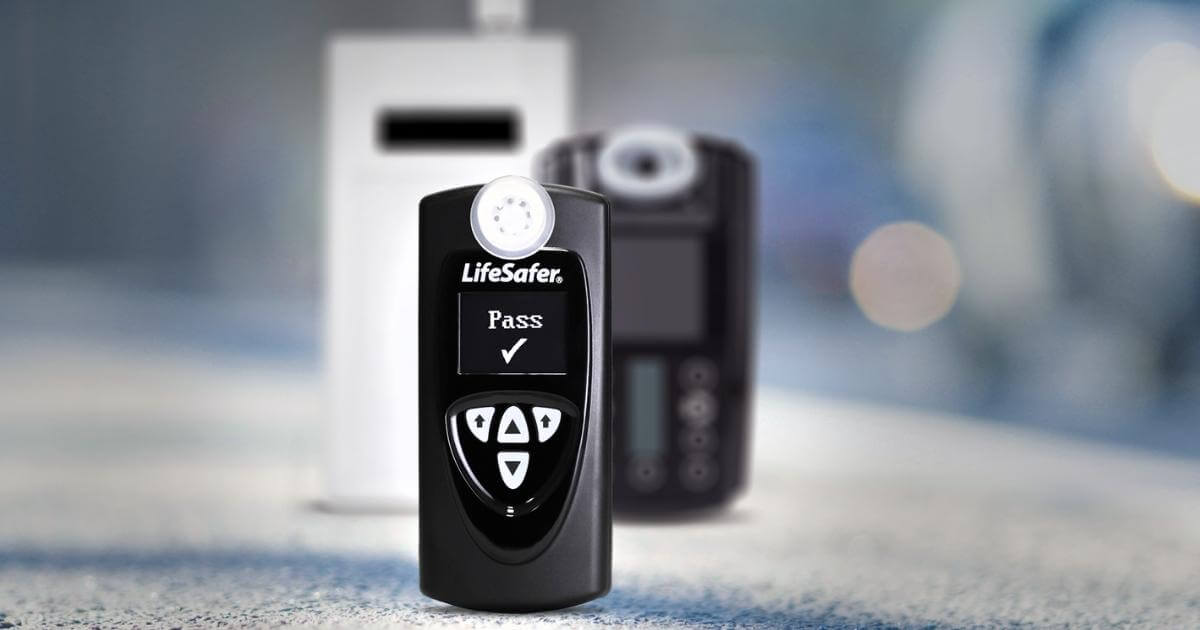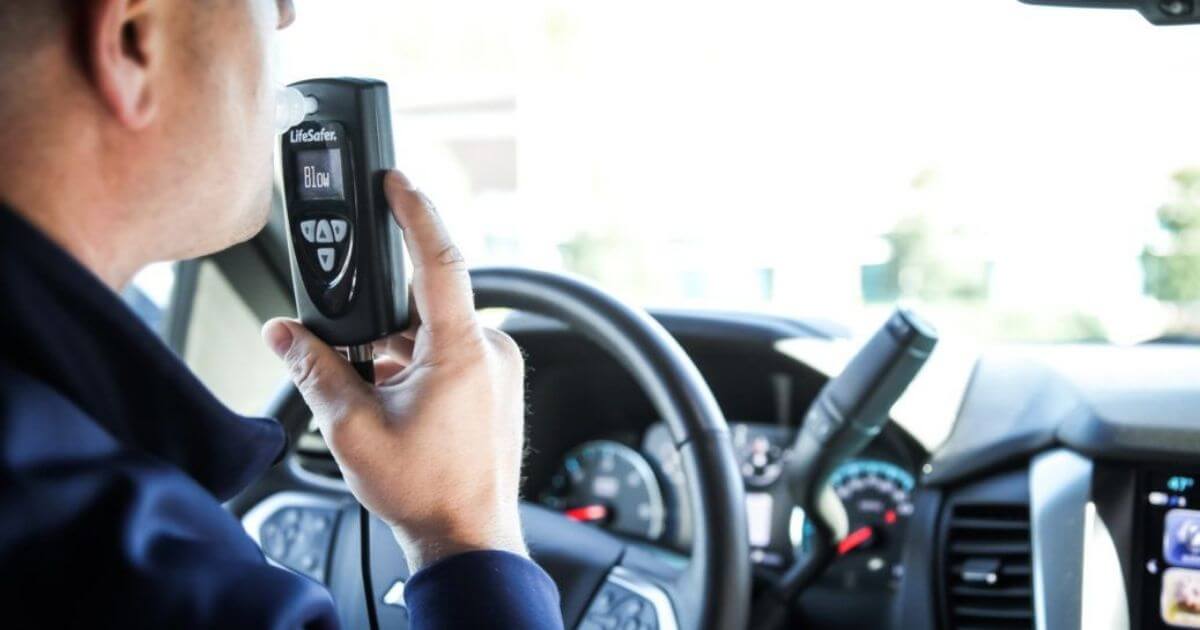
More Flexibility with SCRAM GPS Exclusion Zones
Configuring the proper exclusion zones is integral to monitoring GPS clients, as it determines where these clients are not allowed to enter. This could be due to the type of offense, a restraining order, or other constraints set forth by law enforcement. With the new “Schedules” feature for SCRAM GPS®, officers have more flexibility when setting up client exclusion zones.










